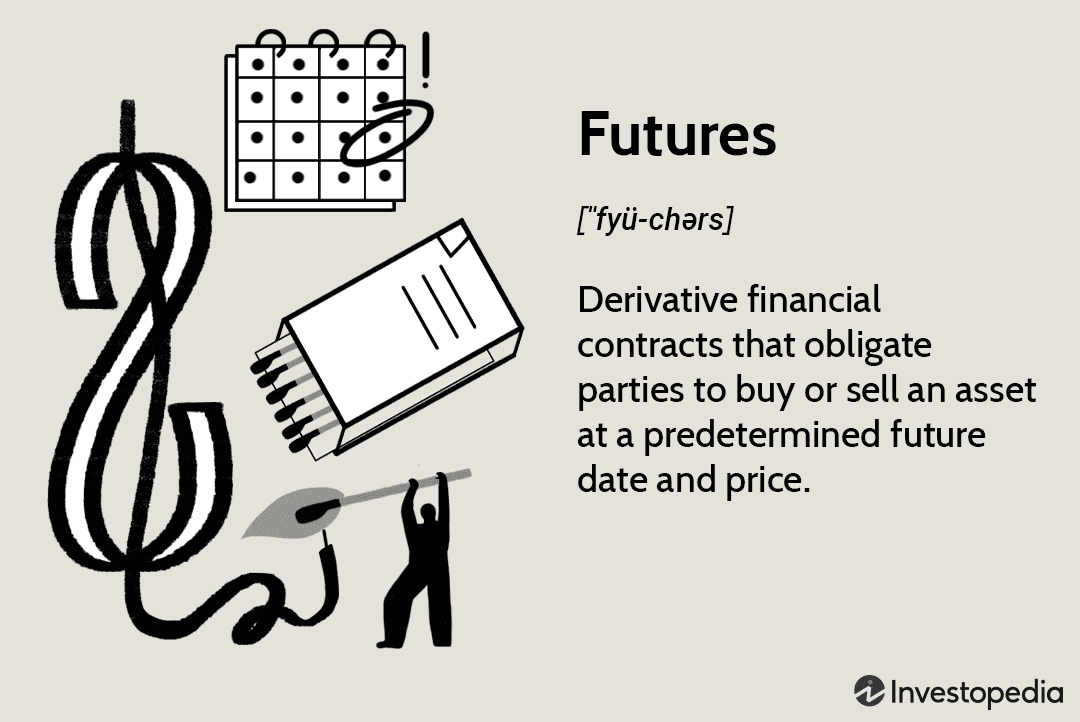
Dividend Discount Model is an appraisal model that uses future cash distributions to determine the intrinsic market value of a company. However, it cannot be used in evaluating non-dividend pay companies.
In this model, the intrinsic value of a stock is calculated by adding up the present value of the expected dividends. This value is then subtracted form the estimated selling prices to determine the fair market price.
There are a number of variables needed to properly value a company, most of which are based on speculation and are subject to change. Before you can use this method to value stock, it is important to understand its underlying principles.
There are two versions of the dividend discounts model: supernormal and continuous growth. The first assumes that dividend growth must be constant to determine a stock's worth. The valuation model takes into account the relationship between expected return on investment and growth rate. For example, a company that is growing rapidly may need more money to grow.

A constant growth dividend discount model requires that the forecasted rate of dividend growth is matched with the required rate of return. It is crucial to understand the model's tolerance to errors. It is crucial to ensure that the model accurately represents reality.
The multiperiod dividend discount model is another variation. To get a more accurate stock valuation, an analyst may assume a variable rate for dividend growth.
These models don't work well for smaller businesses or those with fewer employees. However, they are useful for valuing blue-chip stocks. If a company has a track record of dividend payments, this model can be used to value the stock. Dividends are post-debt metrics because they are made from retained earnings.
Also, dividends tends to grow at a consistent pace. This is not true for all companies. Fast-growing companies may require more money than they can afford to pay out to shareholders. They should therefore raise more equity or debt.
However, it is not recommended for the evaluation of growth stocks. While the dividend discount model is good for valuing well-established companies that pay regular dividends, it is not suitable for assessing growth stock value without dividends. Companies that do no pay dividends have become more popular. It is possible to undervalue such stocks by using the dividend discount model.

Last but not least, remember that the dividend discounted model isn't the only tool for valuation. Other tools, such the discounted cashflow method, are available to help you calculate the intrinsic value a stock on the basis of cash flow.
Whether you decide to use the dividend discount model or the discounted cash flow model, it is important to make sure that your calculations are as accurate as possible. Otherwise, you could end up with an overestimate or underestimate of the value of your stock.
FAQ
How does inflation affect stock markets?
Inflation affects the stock markets because investors must pay more each year to buy goods and services. As prices rise, stocks fall. That's why you should always buy shares when they're cheap.
What is security in the stock market?
Security is an asset which generates income for its owners. Most security comes in the form of shares in companies.
There are many types of securities that a company can issue, such as common stocks, preferred stocks and bonds.
The earnings per shares (EPS) or dividends paid by a company affect the value of a stock.
When you buy a share, you own part of the business and have a claim on future profits. If the company pays a dividend, you receive money from the company.
You can sell your shares at any time.
How are share prices established?
Investors set the share price because they want to earn a return on their investment. They want to make profits from the company. So they buy shares at a certain price. Investors make more profit if the share price rises. The investor loses money if the share prices fall.
An investor's primary goal is to make money. This is why they invest in companies. This allows them to make a lot of money.
Statistics
- "If all of your money's in one stock, you could potentially lose 50% of it overnight," Moore says. (nerdwallet.com)
- Even if you find talent for trading stocks, allocating more than 10% of your portfolio to an individual stock can expose your savings to too much volatility. (nerdwallet.com)
- Ratchet down that 10% if you don't yet have a healthy emergency fund and 10% to 15% of your income funneled into a retirement savings account. (nerdwallet.com)
- Our focus on Main Street investors reflects the fact that American households own $38 trillion worth of equities, more than 59 percent of the U.S. equity market either directly or indirectly through mutual funds, retirement accounts, and other investments. (sec.gov)
External Links
How To
How to Open a Trading Account
First, open a brokerage account. There are many brokers available, each offering different services. Some brokers charge fees while some do not. The most popular brokerages include Etrade, TD Ameritrade, Fidelity, Schwab, Scottrade, Interactive Brokers, etc.
Once you've opened your account, you need to decide which type of account you want to open. Choose one of the following options:
-
Individual Retirement Accounts (IRAs)
-
Roth Individual Retirement Accounts (RIRAs)
-
401(k)s
-
403(b)s
-
SIMPLE IRAs
-
SEP IRAs
-
SIMPLE SIMPLE401(k)s
Each option has different benefits. IRA accounts have tax advantages but require more paperwork than other options. Roth IRAs allow investors to deduct contributions from their taxable income but cannot be used as a source of funds for withdrawals. SIMPLE IRAs are similar to SEP IRAs except that they can be funded with matching funds from employers. SIMPLE IRAs have a simple setup and are easy to maintain. They enable employees to contribute before taxes and allow employers to match their contributions.
You must decide how much you are willing to invest. This is the initial deposit. Most brokers will give you a range of deposits based on your desired return. Based on your desired return, you could receive between $5,000 and $10,000. The lower end represents a conservative approach while the higher end represents a risky strategy.
Once you have decided on the type account you want, it is time to decide how much you want to invest. Each broker will require you to invest minimum amounts. These minimum amounts vary from broker-to-broker, so be sure to verify with each broker.
After choosing the type account that suits your needs and the amount you are willing to invest, you can choose a broker. Before choosing a broker, you should consider these factors:
-
Fees: Make sure your fees are clear and fair. Many brokers will offer rebates or free trades as a way to hide their fees. However, many brokers increase their fees after your first trade. Be wary of any broker who tries to trick you into paying extra fees.
-
Customer service: Look out for customer service representatives with knowledge about the product and who can answer questions quickly.
-
Security - Select a broker with multi-signature technology for two-factor authentication.
-
Mobile apps - Make sure you check if your broker has mobile apps that allow you to access your portfolio from anywhere with your smartphone.
-
Social media presence: Find out if the broker has a social media presence. It may be time to move on if they don’t.
-
Technology - Does it use cutting-edge technology Is the trading platform simple to use? Are there any glitches when using the system?
Once you have selected a broker to work with, you need an account. Some brokers offer free trials, while others charge a small fee to get started. After signing up, you will need to confirm email address, phone number and password. Then, you'll be asked to provide personal information such as your name, date of birth, and social security number. Finally, you'll have to verify your identity by providing proof of identification.
After you have been verified, you will start receiving emails from your brokerage firm. You should carefully read the emails as they contain important information regarding your account. You'll find information about which assets you can purchase and sell, as well as the types of transactions and fees. Be sure to keep track any special promotions that your broker sends. You might be eligible for contests, referral bonuses, or even free trades.
Next is opening an online account. Opening an online account is usually done through a third-party website like TradeStation or Interactive Brokers. Both websites are great resources for beginners. You'll need to fill out your name, address, phone number and email address when opening an account. After you submit this information, you will receive an activation code. This code is used to log into your account and complete this process.
After opening an account, it's time to invest!